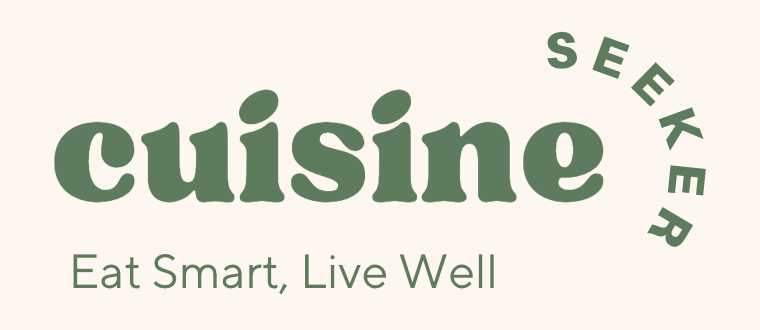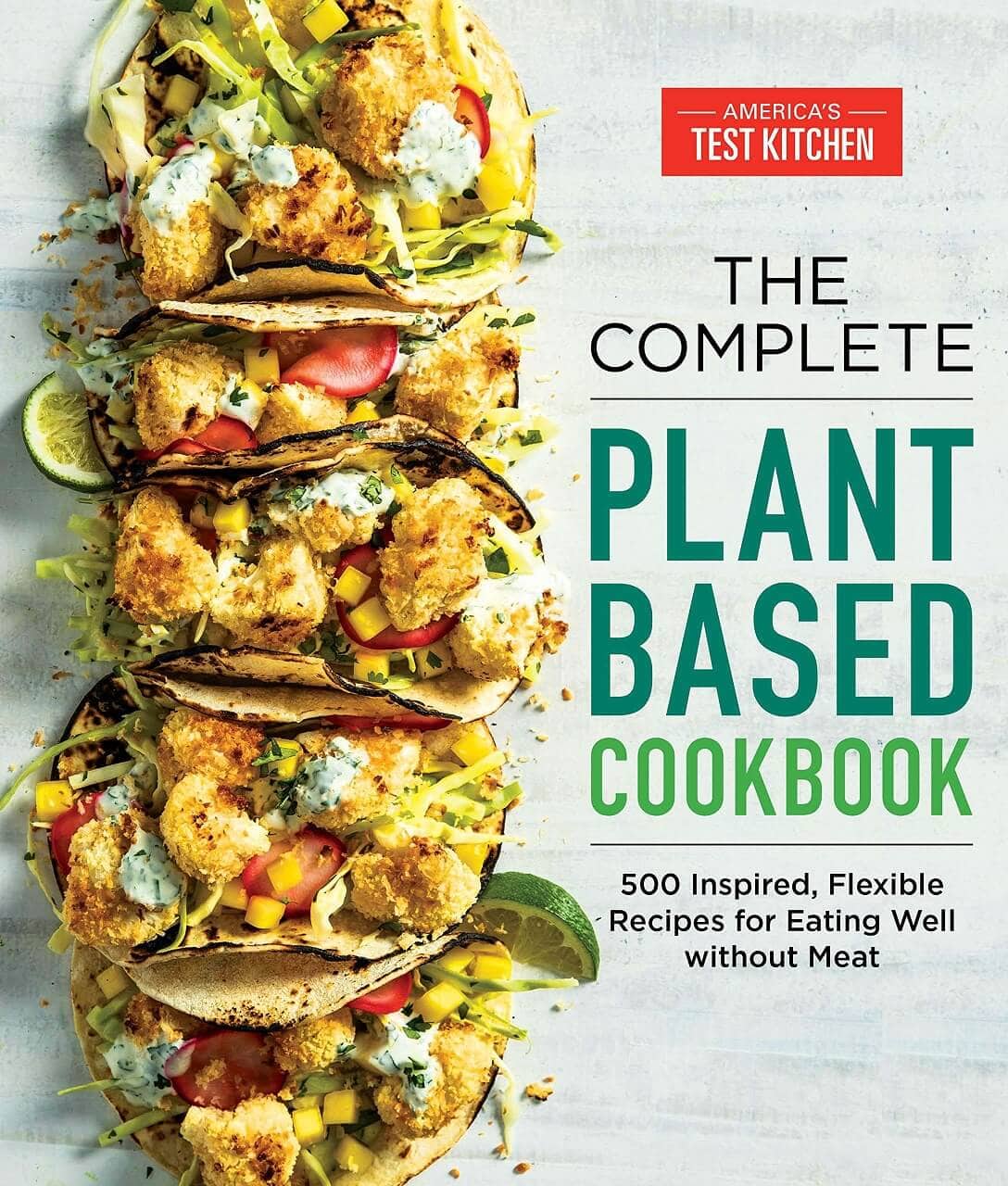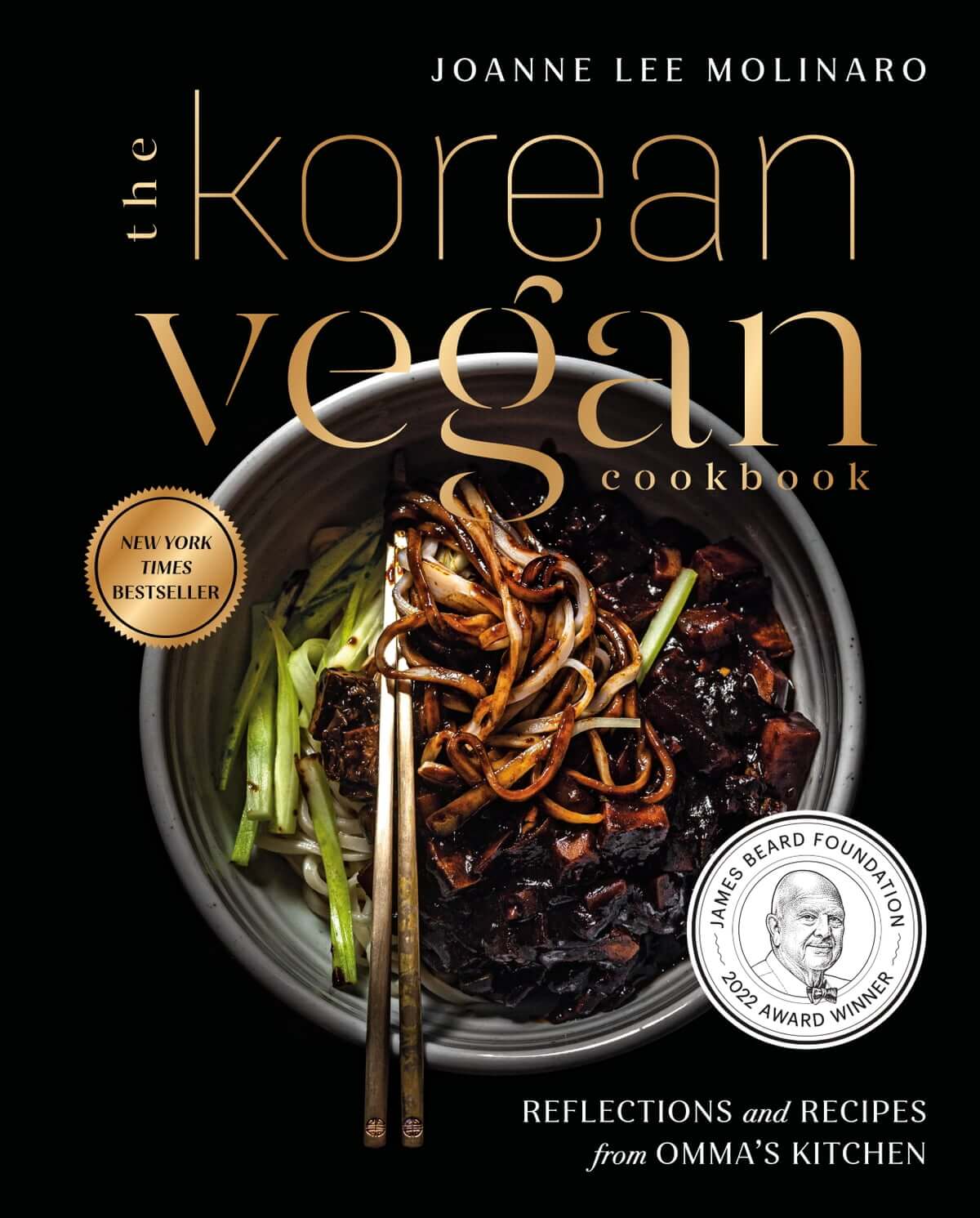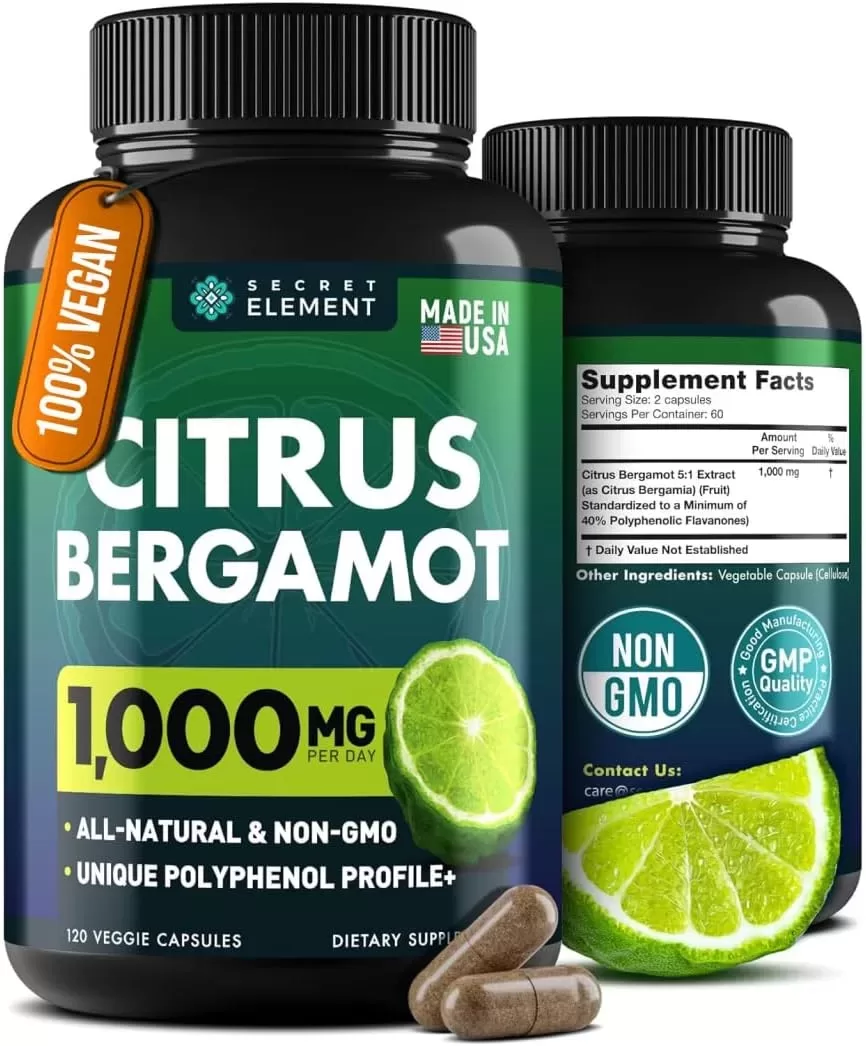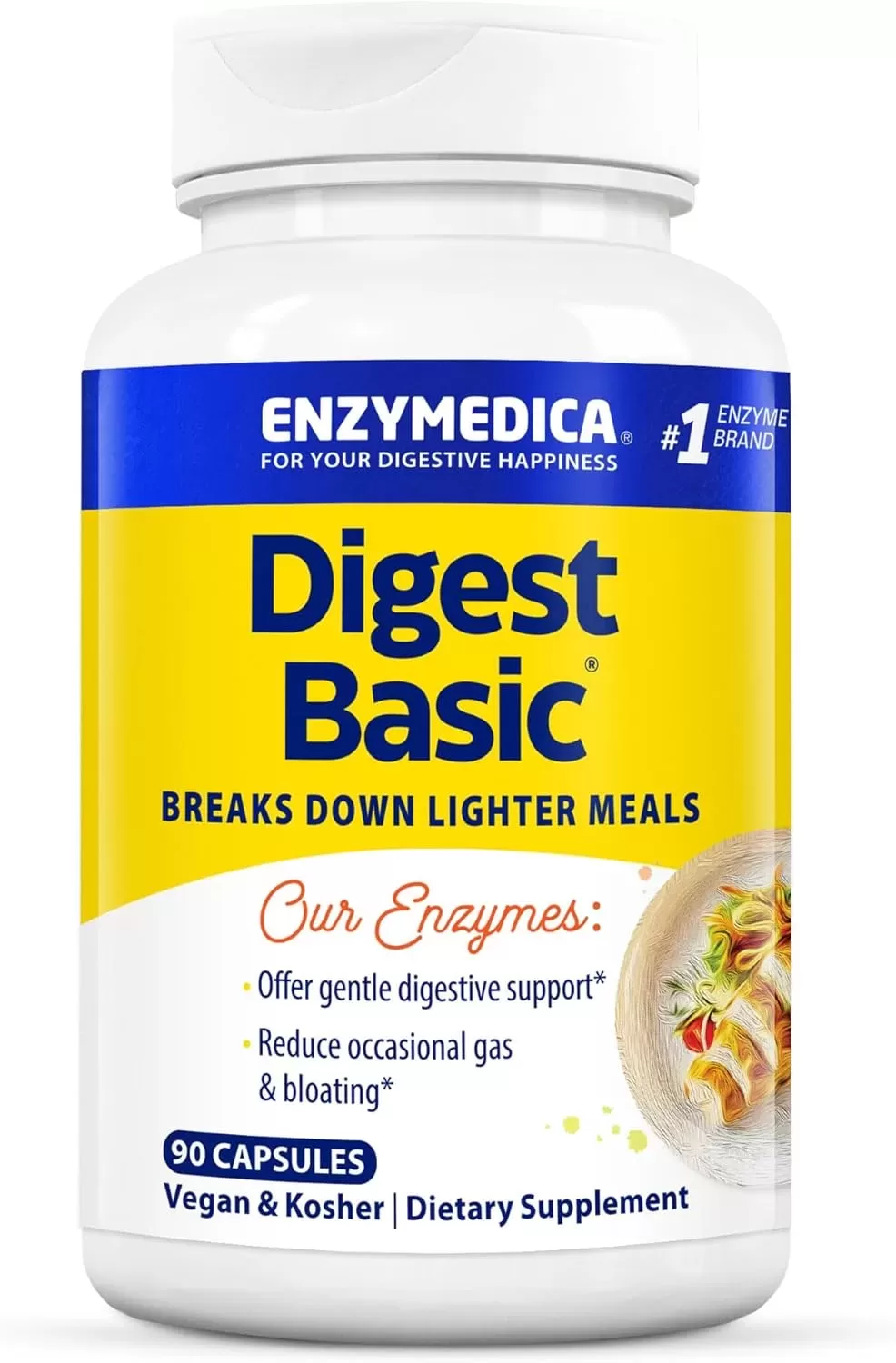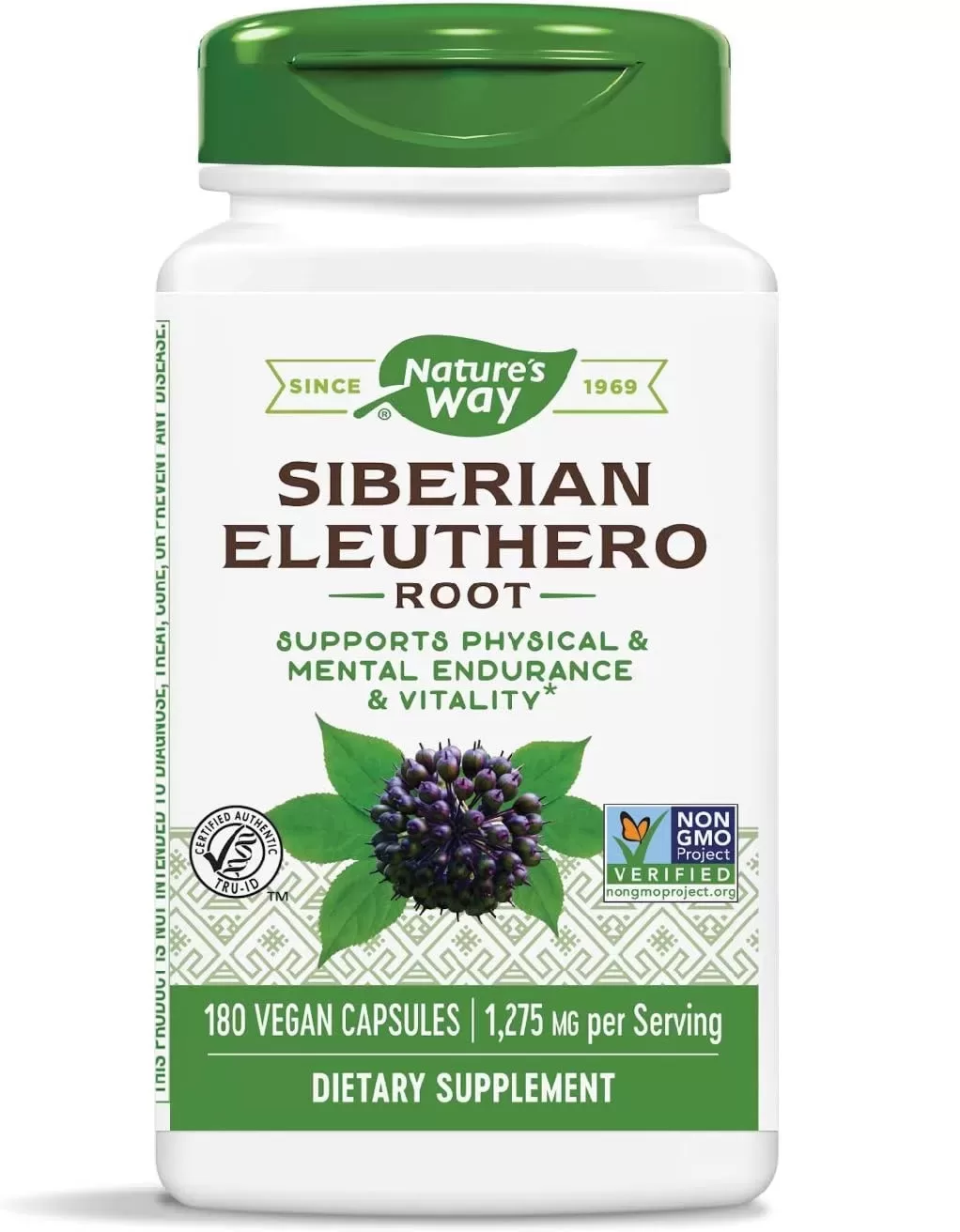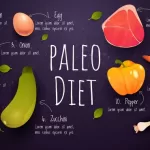Are you torn between the Paleo vs Keto diets? Both have gained immense popularity for their potential health benefits, but which one is right for you? In this article, we’ll dive into the key differences and similarities between these two dietary approaches.
Discover how they compare in terms of weight loss, inflammation, and diabetes management. We’ll also explore the carnivore diet as a more restrictive option and provide a clear comparison chart to help you make an informed decision.
So, whether you’re looking to improve your overall health, shed some pounds, or manage a chronic condition, this article will provide valuable insights into the paleo vs keto debate.
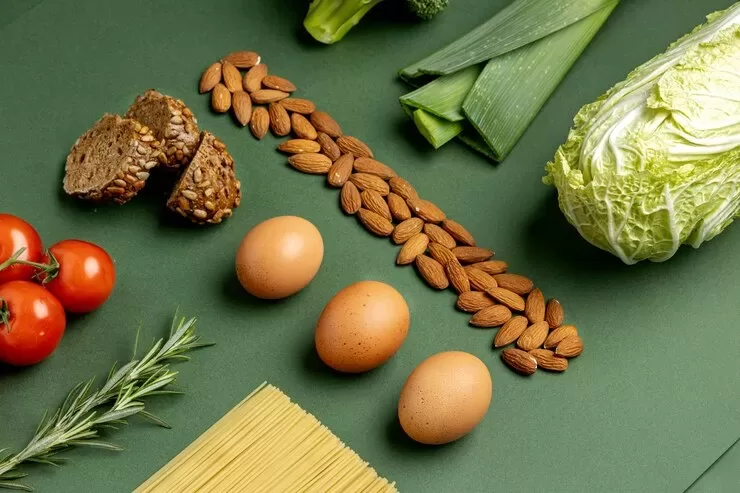
The Paleo Diet: A Caveman’s Guide to Modern Health
The Paleo Diet, often referred to as the “Caveman Diet,” is inspired by the dietary habits of our Paleolithic ancestors. This approach emphasizes whole, unprocessed foods that could have been hunted or gathered.
Key components:
- Lean meats: Grass-fed beef, poultry, lamb, and wild game
- Fish: Fatty fish like salmon, mackerel, gaspergou, and sardines
- Fruits: Berries, apples, pears, and tropical fruits
- Vegetables: Leafy greens, cruciferous vegetables, and root vegetables
- Nuts: Almonds, walnuts, and macadamia nuts
- Seeds: Chia seeds, flaxseeds, and pumpkin seeds
Prohibited foods:
- Dairy: Milk, cheese, and yogurt
- Grains: Wheat, rice, bread, and pasta
- Processed foods: Sugary drinks, fast food, and packaged snacks
- Legumes: Beans, lentils, and peas
- Refined oils: Vegetable oils like canola and sunflower oil
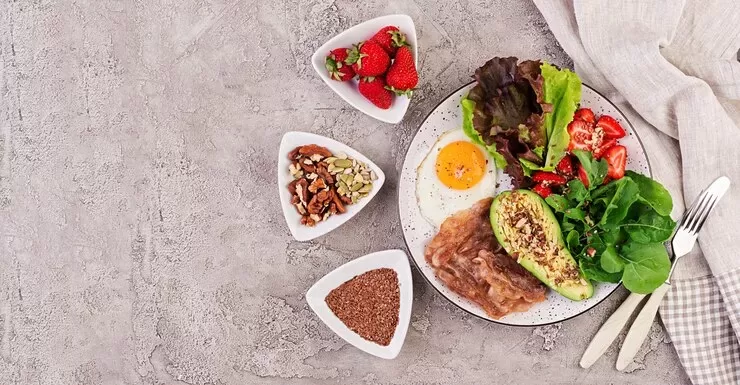
| Pros | Cons |
| Potential for weight loss: The focus on whole, unprocessed foods can lead to reduced calorie intake and weight loss. | Limited scientific evidence: While some studies suggest benefits, more research is needed to confirm the long-term effects. |
| Improved blood sugar control: The Paleo diet may help regulate blood sugar levels, particularly for individuals with diabetes or prediabetes. | Nutrient deficiencies: A restrictive Paleo diet may lead to deficiencies in certain nutrients, such as calcium, vitamin D, and fiber. |
| Reduced inflammation: The emphasis on anti-inflammatory foods can help alleviate symptoms of chronic conditions like arthritis. | Social challenges: Adhering to the Paleo diet can be socially challenging, especially when dining out or attending social gatherings. |
| Improved gut health: The exclusion of processed foods and the focus on fiber-rich fruits and vegetables can support digestive health. | Expensive: The Paleo diet can be more expensive than a traditional diet, especially if you need to purchase organic or grass-fed products. |
| Increased energy levels: The nutrient-dense nature of the Paleo diet can provide sustained energy throughout the day. | Potential for disordered eating: Restrictive diets can contribute to unhealthy eating habits and disordered eating patterns. |
By minimizing the consumption of foods that can disrupt gut balance and promote inflammation, the Paleo Diet can contribute to a healthier and more resilient digestive system.
The Keto Diet: Fueling Your Body with Fat
The Keto Diet is characterized by its high-fat, moderate-protein, and low-carbohydrate intake. This macronutrient ratio forces the body into a state of ketosis, where it primarily burns fat for fuel instead of carbohydrates.
Key Components:
- High Fat: This is the cornerstone of the keto diet, typically making up 70-80% of daily calories. Good sources of healthy fats include avocados, olive oil, fatty fish, nuts, and seeds.
- Low Carbohydrates: The goal is to restrict carbohydrate intake to around 20-50 grams per day. This can be challenging as many common foods, such as grains, fruits, and starchy vegetables, are high in carbohydrates.
- Moderate Protein: Protein should make up about 25-35% of daily calories. This ensures adequate muscle mass and supports the body’s metabolic processes.
Prohibited foods:
- Grains: Bread, pasta, rice, cereals, and other grains are high in carbohydrates.
- Sugary foods: Candy, soda, pastries, cakes, cookies, and other sugary treats.
- Legumes: Beans, lentils, and peas are also high in carbohydrates.
- Starchy vegetables: Potatoes, corn, and peas are considered starchy vegetables and should be limited or avoided.
- Fruits: Most fruits are high in natural sugars and should be limited. Berries are generally a better option due to their lower sugar content.
- Dairy products: Milk, yogurt, and cheese can be high in lactose, a type of sugar. However, some full-fat dairy products may be tolerated in moderation.
- Alcohol: Many alcoholic beverages contain carbohydrates and can interfere with ketosis.
Note: It’s important to remember that individual tolerance to carbohydrates can vary. Some people may be able to consume small amounts of certain foods without disrupting ketosis, while others may need to be more restrictive.
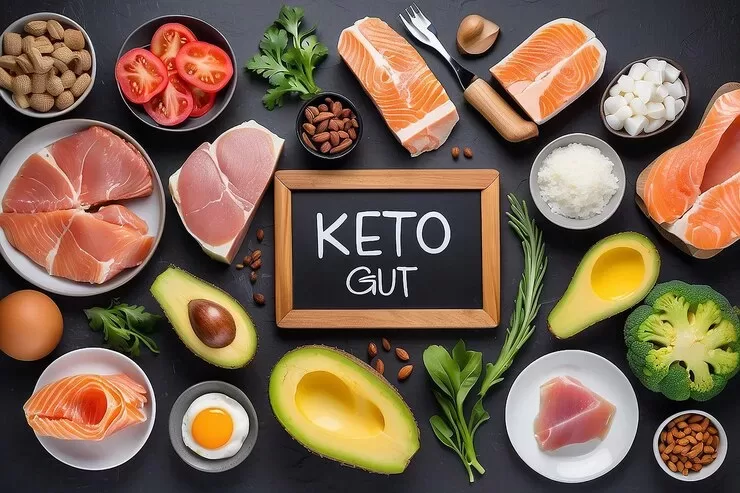
| Pros | Cons |
| Rapid weight loss: The keto diet can lead to significant weight loss in the initial stages due to water loss and fat burning. | Nutrient deficiencies: A poorly planned keto diet can lead to deficiencies in essential nutrients, such as fiber, calcium, vitamin D, and potassium. |
| Improved blood sugar control: The keto diet can help regulate blood sugar levels, making it beneficial for individuals with diabetes or prediabetes. | Keto flu: Some people may experience symptoms like fatigue, headache, and nausea during the transition to ketosis, known as the “keto flu.” |
| Reduced appetite: The keto diet can lead to a reduction in appetite, making it easier to control calorie intake and maintain weight loss. | Social challenges: Adhering to the keto diet can be socially challenging, especially when dining out or attending social gatherings. |
| Improved mental clarity: Some people report improved cognitive function and mental clarity while on the keto diet. | Long-term sustainability: The restrictive nature of the keto diet can make it difficult to maintain long-term, especially for those with active lifestyles. |
| Potential for heart health benefits: While more research is needed, some studies suggest that the keto diet may have positive effects on heart health. | Increased risk of kidney stones: A keto diet may increase the risk of kidney stones, particularly in individuals who are prone to them. |
Choosing What’s Right for You: Paleo vs. Keto
Both the paleo and diet diets offer potential benefits for gut health and overall well-being. When deciding which approach is best for you, consider the following factors:
- Individual health goals: Are you aiming to lose weight, improve digestion, or address specific health conditions?
- Dietary preferences: Do you enjoy eating meat, fish, and vegetables? Are you comfortable limiting certain food groups?
- Body response: How does your body react to each diet? Do you experience any digestive discomfort or other side effects?
- Sustainability: Can you see yourself following this diet long-term? Is it compatible with your lifestyle and social commitments?
- Nutritional needs: Does the diet meet your specific nutritional requirements, such as protein, fiber, or micronutrients?
It’s important to consult with a nutrition gut specialist or registered dietitian before making significant changes to your diet, especially if you have underlying health conditions or are taking medications.
By carefully evaluating these factors and seeking personalized guidance, you can make an informed decision about which dietary approach is best suited to your individual needs and goals in the paleo vs keto world.
Join Us!
Imagine a personalized roadmap to paleo vs. keto diets. Our 8-week self-paced programme offers a comprehensive approach to restoring your digestive health and improving overall well-being. This program is meticulously designed to guide you through the healing process, providing step-by-step guidance, delicious recipes, and expert support.
By following our structured approach, you’ll learn to identify triggers, nourish your gut with healing foods, and cultivate a healthier relationship with your digestive system. Invest in your gut health today and experience the transformative benefits of our 8-week programme.
FAQs
Is paleo better for you than keto?
Both paleo and keto diets have their own benefits and drawbacks. The best choice for you depends on your individual goals, health conditions, and preferences.
What are three disadvantages of the paleo diet?
- Nutrient deficiencies: A restrictive paleo diet may lead to deficiencies in certain nutrients, such as calcium, vitamin D, and fiber.
- Social challenges: Adhering to the paleo diet can be socially challenging, especially when dining out or attending social gatherings.
- Expensive: The paleo diet can be more expensive than a traditional diet, especially if you need to purchase organic or grass-fed products.
What are the rules of paleo?
The paleo diet is based on the idea of eating foods similar to those consumed by our hunter-gatherer ancestors. This means avoiding processed foods, grains, legumes, and dairy, and focusing on lean meats, fish, fruits, vegetables, and nuts.
Can you do keto and paleo together?
Yes, you can combine elements of the paleo and keto diets. Both diets emphasize whole, unprocessed foods and limit refined carbohydrates. However, the keto diet is more restrictive in terms of carbohydrate intake, while the paleo diet allows for a wider variety of fruits and vegetables.
